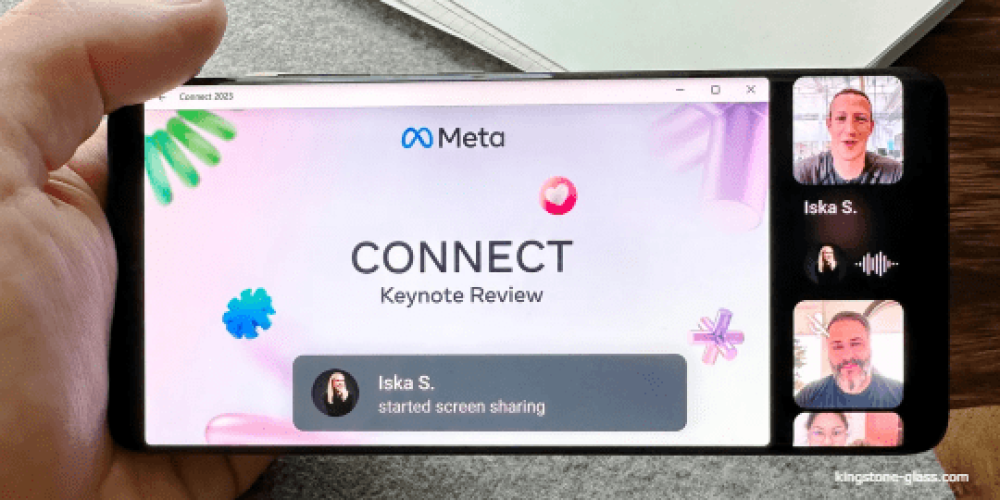
WhatsApp has recently launched its latest feature, screen sharing, designed to improve the video call experience on its platform. This move puts the messaging app in direct competition with mainstream video conferencing platforms, including Microsoft Meet, Google Meet, Zoom, and Apple's FaceTime.
The announcement regarding screen sharing was made today by Meta's CEO, Mark Zuckerberg, via a Facebook post and on his Instagram account. This feature offers users the ability to share documents, photos, or even their shopping cart with their contacts during a video call.
Initially launched for a select group of Android beta testers in late May, accessing screen sharing on WhatsApp involves tapping or clicking the 'Share' button. Users can then select to share either a specific app or their whole screen. This process closely resembles how screen sharing functions on other video-conferencing platforms like Google Meet and Zoom.
WhatsApp has begun a phased rollout of the screen-sharing feature on Android, iOS, and Windows Desktop platforms. Consequently, users may not access the feature right away, but it will soon become available.
In addition to screen sharing, WhatsApp also introduced landscape mode support for video calling, offering a more comprehensive and immersive viewing experience compared to the existing portrait mode. This enhanced viewing could be especially beneficial when utilizing the screen-sharing feature.
WhatsApp has had video calling functionality since November 2016 and is progressively introducing enhancements to maintain a competitive edge. For instance, iOS users recently received picture-in-picture support for video calls on WhatsApp, and the option to share short video messages in chat conversations has also been added, given the increasing importance of video communication for lots of users.
Screen sharing has been a key feature of video-conferencing platforms for some time now — Apple's FaceTime, for instance, introduced SharePlay in 2021, a native screen-sharing functionality for iOS users. WhatsApp aims to go even further, however, by extending this functionality to not only iOS but also Android and desktop users.